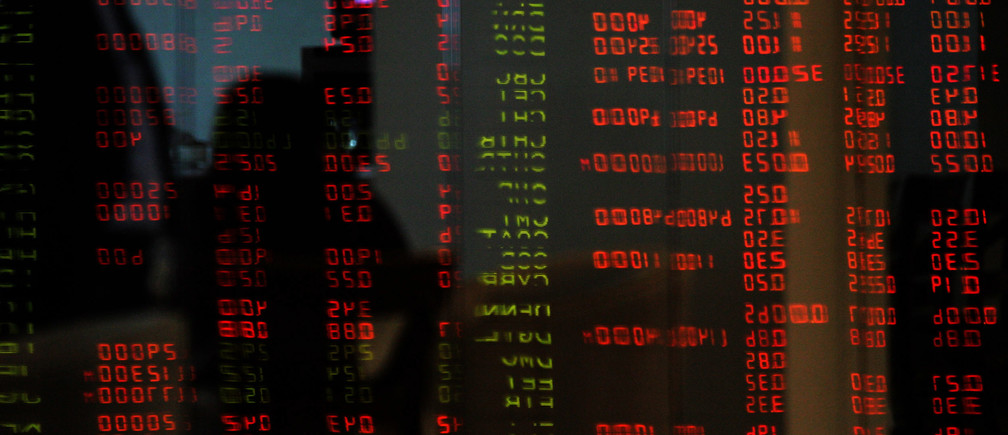The history of trade reflects the ongoing march of technological innovation. This column argues that despite today’s increased trade tensions, rising nationalism, and slowdown in global goods trade, globalisation is not in retreat. Instead, it is entering a new chapter that is being driven by flows of information and data, as well as technological changes that are reshaping industry value chains.
Many forces shape trade flows, including trade policies, changes in the nature and location of consumer demand, and differentials in the costs of labour and other inputs across geographies. Another important, but underappreciated, driver of trade flows is technology.
The history of trade reflects the ongoing march of new technological innovations. After the Second Industrial Revolution, for example, the introduction of steamships and railroads changed the economics of trading across national borders. Likewise, the digital revolution of the 1990s and early 2000s enabled companies to interact with far-flung suppliers and customers (Baldwin 2016). Global value chains existed before the internet, but the internet further enabled fragmentation and offshoring of production by vastly improving coordination and communication costs. As China and other developing countries began participating in these production networks of specialised suppliers and assembly plants, trade flows soared and stretched around the world.
Today the next generation of technologies will reshape trade flows and global value chains again. But unlike the previous ICT revolution, these innovations will have a more varied and complex effect on trade in the years ahead. Some advances, like digital platforms, blockchain, and the Internet of Things, will continue to reduce transaction and logistics costs, thereby fuelling trade (WTO 2018). But other technologies may reduce trade flows by changing the economics and location of production, and transforming the actual content of what is bought and sold across borders.
The net impact of the entire wave of new technologies is unclear, but in plausible future scenarios they could dampen goods trade while further boosting flows of services and data. Evidence of technology increasing data and service trade has been found in previous research (e.g. Bughin and Lund 2017, Freund and Weinhold 2000), but the literature to date has not provided evidence at a detailed level of value chains. For companies and countries alike, these trends will benefit some companies, but will also create losers. A growing imperative for all is to focus on digital skills and infrastructure, service capabilities, and innovation. In this column we consider some of the possible effects and estimate the magnitude of potential change.
Some technologies will improve trade logistics and transaction costs, boosting goods trade
Companies trading across borders often lose time and money to customs processing or delays in international shipments and payments. But a number of new technologies can ease these frictions.
Digital platforms, for instance, connect buyers and sellers directly, lowering the costs of search and coordination (McAfee and Brynjolfsson 2017). They have created seamless global marketplaces in areas such as e-commerce, payments, travel, learning, and labour services – and there is room for much more growth. Alibaba’s AliResearch projects that cross-border B2C e-commerce sales alone will reach approximately $1 trillion by 2020. B2B e-commerce could be five or six times as that figure. While some of those transactions may substitute for traditional offline trade flows, e-commerce could still spur some $1.3 trillion to $2.1 trillion in incremental trade by 2030, boosting trade in manufactured goods by 6–10%. This will include many small businesses that can directly reach customers in other countries. EBay, Alibaba, Amazon, Jumia and other online marketplaces are enabling the rise of ‘micro-multinationals’ – today, startups tap global talent, finance, and consumers from day one (McKinsey Global Institute 2016).
Logistics technologies also continue to improve. The Internet of Things can track shipments in real time, while AI can route trucks based on current road conditions. Automated document processing can speed goods through customs. Some companies are developing fleets of self-driving trucks, and a number of ports worldwide have introduced automated cranes and guided vehicles that can unload, stack, and reload containers faster and with fewer errors. Blockchain has potential for tracking shipments and triggering faster automated payments, although it will be some time before its scalability and success in trade can be determined.
We calculate that this group of technologies could reduce shipping and customs processing times by 16–28%. The academic literature finds that a 1% reduction in trade costs can result in a 0.4% increase in trade flows (Djankov et al. 2010, Hausman et al. 2013). Based on these figures, we estimate that these technologies together could potentially boost overall trade by 6–11% by 2030 compared to the baseline, worth some $4.7 trillion in annual trade. Looking at each country’s average processing times and bilateral flows, it appears that Bangladesh, India, and Indonesia are among the countries that could make the biggest gains.
